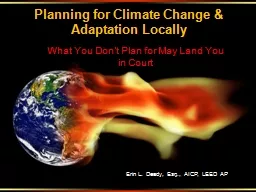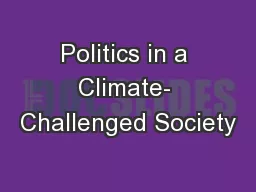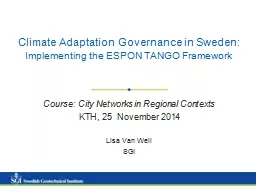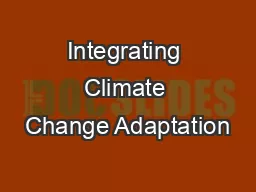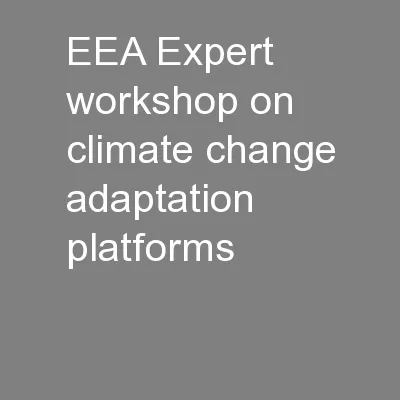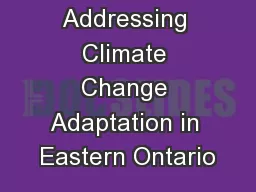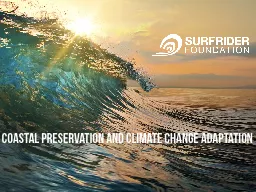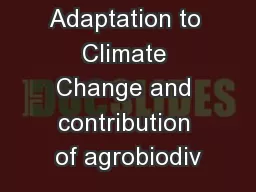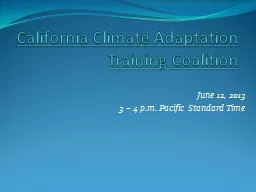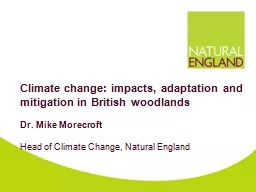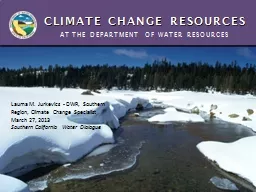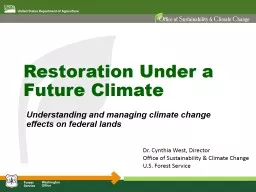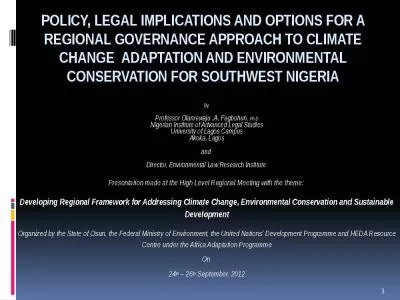PPT-Planning for Climate Change & Adaptation Locally
Author : natalia-silvester | Published Date : 2016-06-27
What You Dont Plan for May Land You in Court Erin L Deady Esq AICP LEED AP The Broad Brush Stopping the Impacts United Nations Framework Convention on Climate Change
Presentation Embed Code
Download Presentation
Download Presentation The PPT/PDF document "Planning for Climate Change & Adapta..." is the property of its rightful owner. Permission is granted to download and print the materials on this website for personal, non-commercial use only, and to display it on your personal computer provided you do not modify the materials and that you retain all copyright notices contained in the materials. By downloading content from our website, you accept the terms of this agreement.
Planning for Climate Change & Adaptation Locally: Transcript
Download Rules Of Document
"Planning for Climate Change & Adaptation Locally"The content belongs to its owner. You may download and print it for personal use, without modification, and keep all copyright notices. By downloading, you agree to these terms.
Related Documents

